Formula One's new rules rated
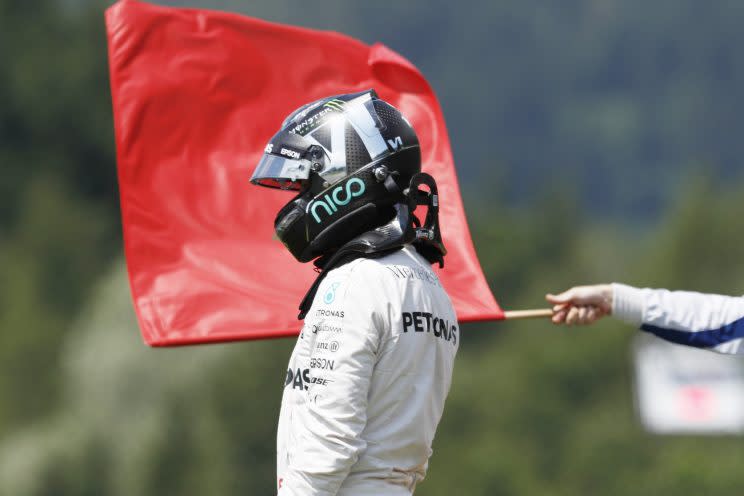
The F1 rule book has been given a shake-up for 2017 to try to make the sport more attractive to fans and non-fans alike.
We’re being told to expect lap times that are three to five seconds quicker, though how realistic that is remains to be seen, and faster laps do not in themselves guarantee better racing.
In Pictures: The WAGS of every 2017 Championship driver
In Pictures: Formula One – Every driver, every car of the 2017 season
Now, don’t get carried away – rules are always changing in F1 and, this time last year, the sport was tying itself in knots over last-minute changes to qualifying rules that were designed to – you guessed it – make the sport more attractive.
So approach with caution. Here are five changes being introduced for F1 2017 and a guess (no more than that) of what impact they will have.
Fat tyres that aren’t made of chocolate
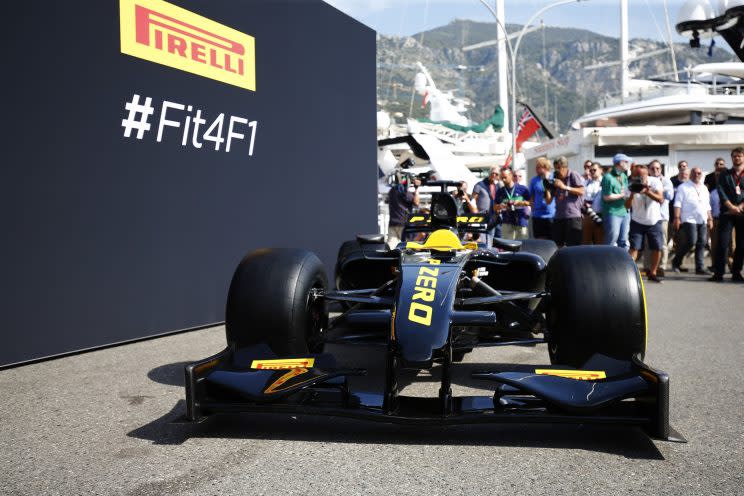
In recent years, F1 has been blighted by Pirelli’s delicate tyre compounds. Drivers have had to lap at slower speeds to stop the rubber from disintegrating and it was a huge cause of frustration to F1’s stars, who want to drive as fast as possible, and to the public, who want to see cars on the limit.
This year Pirelli’s tyres are going to last longer – much longer – and drivers should be able to lean on them properly. That’s the good news.
READ MORE: Formula One 2017 – Faster cornering, more dangerous racing and no more Bernie
READ MORE: Hamilton not no.1 at Mercedes – Bottas
The bad news is that there will be far fewer pitstops as a result and, love them or hate them, pitstops are often the most dramatic elements of a race.
The tyres will also be wider than last year – about 25 per cent wider (up from 325mm to 405mm at the back, and from 245mm to 305mm at the front) – with a slightly bigger diameter.
This will have a double benefit: fatter tyres mean higher cornering speeds, so lap times will come down and the twisty bits will look more dramatic. And they also look meaner. Be honest, we all prefer a mean-looking car.
Rule rating: 5/5 – F1 cars need more mechanical grip, not more aerodynamic grip, and that’s exactly what this change delivers. The reduction in pitstops is unfortunate, but is a price worth paying if it means drivers can push their cars to the limit for longer.
Wings and things
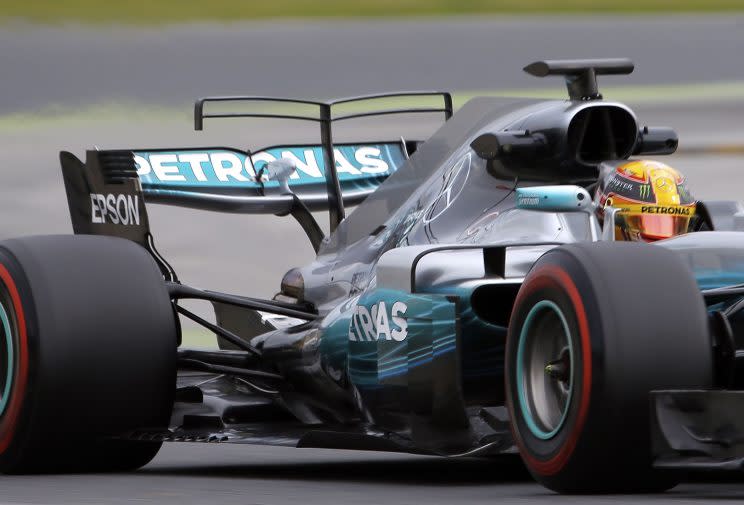
On the face of it, new aerodynamic regulations are a good thing.
The cars are more squat and grippier. Front wings are, at 1800mm, 150mm wider than last year.
That’s the length of a small ruler (sounds like Bernie Ecclestone) and it will help add a heap of downforce.
How much? No one will say but it’s reckoned teams are getting a total increase of 15-31 per cent in downforce this year, and that will rise as the aerodynamics get finessed over the course of the season.
READ MORE: Lewis Hamilton calls for more women in ‘dude’ dominated F1 paddock
READ MORE: No sweeping Vettel up in Ferrari hype
The overall width of the car is up from 1800 to 2000mm. That fatter footprint will aid cornering ability, particularly on the new, bigger tyres.
The rear wing sits lower than last year and it’s under this where things are really changing.
The diffuser – that’s the bit at the back that sucks the car on to the road – is higher, wider and longer than last year, and will make a huge difference to cornering ability.
Other aero changes have been introduced too, including new rules for bargeboards and sidepods – check out Ferrari’s elegant take on the sidepod rules, it’s utterly gorgeous.
Now, all these changes will make cars perform better … in clear air. But they’ll also cause more turbulence and that will destroy the aerodynamic downforce of cars behind, which is rubbish if you hope to see close racing and overtaking.
READ MORE: Formula 1 drops ‘Verstappen rule’
Rule rating: 2/5 – I’m all for higher cornering speeds but not at the expense of racing. The new cars look fantastic and they will corner at unbelievable speeds but, and it’s a big but, these rules favour the lead car too much, and the aero problems that cars face when trying to make an overtake need to be reduced, not increased. Fatter tyres, good; fatter wings, bad.
Getting a bit chubby there

Cars and drivers are getting heavier this season.
Last year’s cars had to weigh a minimum of 702kg (including the driver but excluding fuel) – not exactly light, by F1 standards – but, because this year’s machines are wider, the minimum weight was upped to 722kg.
Then, in February, an additional rule came to light (article 4.3, if you’re looking for it) that allowed another 6kg or so to take account of the additional weight from Pirelli’s big new tyres.
So now F1 cars must weigh at least 728kg, a 26kg increase on last season. You try hauling 26kg around a circuit and see what it feels like – it’s hard work.
READ MORE: F1 2017 pre-season report: Mercedes
READ MORE: F1 2017 pre-season report: Ferrari
In addition, fuel tanks have been increased to carry 105kg of petrol, up 5 per cent on last year.
Every 10kg of extra weight is estimated to add about 0.3 seconds to an average F1 lap, and don’t forget this is a sport in which the odd one-hundredth of a second can be the difference between first and fourth on the grid.
So, while the new tyres and aero rules are making things faster, fat cars are stripping speed out of the sport.
Drivers, too, may be a little heavier – the huge g-forces they will be experiencing while cornering and braking have forced them all to change their training routines over the winter, with a focus on developing key muscle groups (especially the neck) rather than simply being super-fit and super-light.
Rule rating: 3/5– I’m a fan of the Colin Chapman school of engineering – the Lotus legend was famous for his approach to car building, summed up as ‘Simplify, then add lightness’. A little extra weight, to help enhance cornering for example, I can accept. But a 4 per cent increase, that adds a second to lap times (faster cornering notwithstanding), is starting to feel like bloat. I don’t want my F1 cars to become diabetic.
Stop!
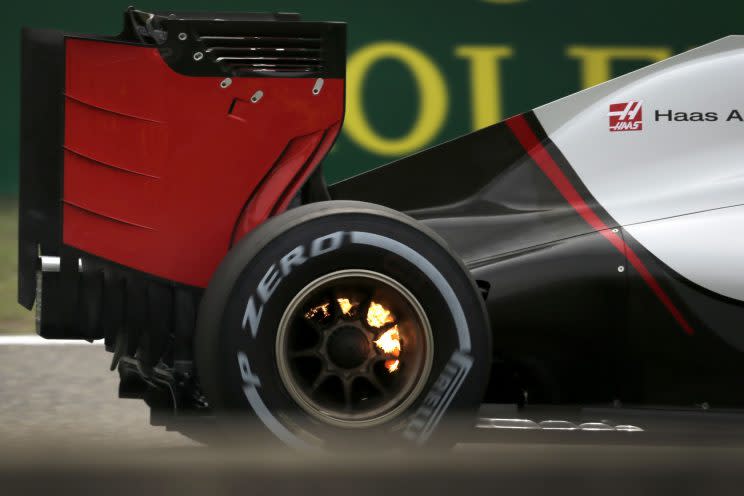
One rule alteration that hasn’t attracted so many headlines is the change to brakes.
Now, 2017 cars are being slowed by their crazy aerodynamics on straights but able to go through corners much more quickly, so less braking is required, yes?
No. No, no, no. Those fat tyres coupled with the huge aero downforce mean drivers can leave braking even later – putting more braking effort into a shorter time.
F1’s carbon brakes already glow red hot under heavy braking so the rules have been relaxed to allow brake discs to be thicker (32mm v 28mm last year).
READ MORE: F1 2017 pre-season report: Red Bull
READ MORE: F1 2017 pre-season report: McLaren
F1 braking systems are hugely complex – cars generate electricity while they’re slowing, and the heat from those glowing discs is used to keep tyre pressures up and help with aerodynamic efficiency too.
The fact that not all teams are opting to use the thicker, heavier discs (drilled with 1,500 heat-dissipating holes, as opposed to 1,200 last year) shows how big a challenge this is.
It will take time for teams to work out the best option but these new discs could allow cars to decelerate brutally enough for a driver to be pulling 5.5-6g, which is eye-popping… as well as dramatically shortening the overtaking zone as you approach a corner.
Again, good news if you’re the car in front.
Rule rating: 3/5 – Obviously you need brakes that won’t break (to paraphrase Romain Grosjean) but these big new discs are there because F1 cars are getting heavier and more aerodynamically grippy. The brakes get three out of five not because they are a bad thing in themselves, but because they are a symptom of other issues which F1 needs to resolve.
Token changes on the engine front
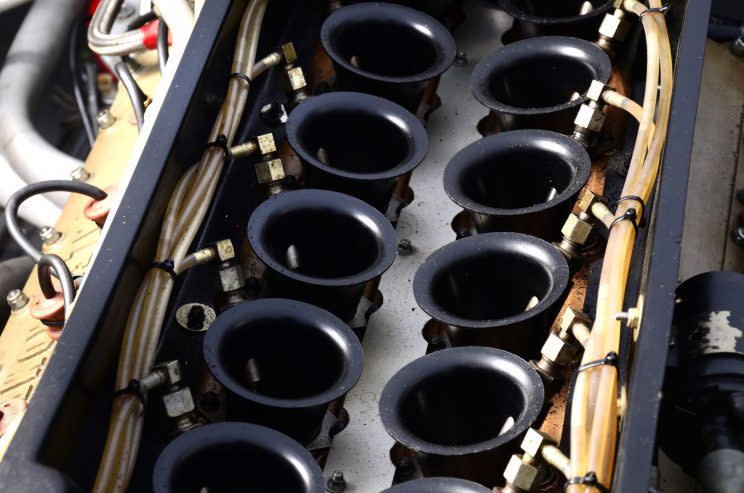
Drivers will be restricted to using a total of just four engines over the course of the 2017 season, and each engine will have to be detuned and managed so it lasts five races.
However, it will be easier for teams to introduce engine upgrades, as the hated ‘token’ system that blighted in-season development has been abandoned.
And drivers will no longer be able to ‘stockpile’ spare power unit parts and fit them all at once so they get, in effect, a single penalty.
Remember Lewis Hamilton’s 55-place penalty at Spa last year? He was replacing a couple of parts and would already be starting near the back of the grid, so changing everything else made sense because he couldn’t be penalised any further.
Not so this year – if more than one power unit element is fitted that attracts a penalty, ‘unused’ penalties will carry over to the next race.
In case you’re wondering, ‘power unit elements’ include the internal combustion engine, turbo, heat and kinetic energy regeneration systems, the batteries and the control electronics. No one said it was simple.
The price of power units for customer teams has been reduced by $1 million per season (that’s still a bill of around $2m) and engine manufacturers have an ‘obligation to supply’ so if, for example, Honda ran away screaming from F1, McLaren would still be able to source an engine.
Rule rating: 4/5 – Keep the costs under control, make sure penalties are applied fairly, make it easier to introduce upgrades. The only downside is those engines being run at reduced power – not that we’ll notice, as they’re all doing it – and the inevitable risk that the season could be decided by the impact of engine penalties.
There you have it. F1 will certainly be faster, more demanding for drivers and as technically challenging as it has ever been.
Will the racing be better or will it just be the same train of cars, lapping a little bit quicker and stopping for tyres a little less often?
Bring on Melbourne, so we can start to find out for ourselves.

 Yahoo News
Yahoo News 

